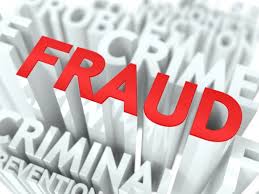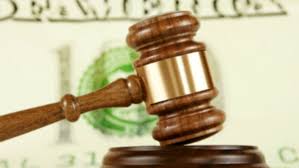Look What DOJ Found – A New Enforcement Tool: FIRREA
 The Justice Department recently read through the United States Code and discovered something important — a statute that authorizes the government to issue administrative subpoenas to build massive civil fraud cases that carry huge penalties.
The Justice Department recently read through the United States Code and discovered something important — a statute that authorizes the government to issue administrative subpoenas to build massive civil fraud cases that carry huge penalties.
For some reason, the Justice Department never used the statute until recently as a weapon against companies in the financial industry.
The statute was adopted in 1989 during the savings and loan crisis – The Financial Institutions Reform, Recovery and Enforcement Act (“FIRREA”). The Act was designed to protect against savings and loans officials who were misusing thrift funds.
FIRREA authorized the government to launch civil enforcement actions for violations of various criminal fraud statutes under a lower standard of proof than for criminal cases. DOJ never used the statute until 2012 when it started charging banks for misconduct in the housing market leading up to the financial crisis.
Since then, DOJ has been using FIRREA to secure a number of major multi-billion dollar settlements for improper subprime loan underwriting practices and sales of over-valued mortgage-backed securities. DOJ also filed a multi-billion dollar FIRREA lawsuit against Standard and Poor’s rating service for improper ratings of mortgage-backed securities.
Recently, DOJ has launched inquiries of General Motors Financial, the lending arm of GM, and Santander Consumer USA for its securitization of subprime loans.
As written, FIRREA has wide application: it incorporates a host of banking laws, mail and wire fraud where banks are the victims of misconduct. Student loans may be the next target for enforcement for subprime lending.
 FIRREA is broader in scope than the False Claims Act, and applies to circumstances when the United States government did not suffer a loss from a fraudulent act. In addition, FIRREA has a ten-year statute of limitations.
FIRREA is broader in scope than the False Claims Act, and applies to circumstances when the United States government did not suffer a loss from a fraudulent act. In addition, FIRREA has a ten-year statute of limitations.
Most importantly, FIRREA includes huge potential civil monetary penalties. FIRREA authorizes penalties of up to $1.1 million per violation; for continuing violations, the maximum penalty increases up to $1.1 million per day or $5.5 million per violation, whichever is less. FIRREA also includes a special penalty rule that allows the court to increase the penalty up to the pecuniary gain that any person derives from the violation, or the amount of loss that a person as a result of the violation.
DOJ’s new love affair with FIRREA as an enforcement tool was bolstered by recent court decisions out of the Southern District of New York rejecting challenges by several major financial institutions questioning whether FIRREA could be used to support government actions for financial fraud that “affected” the financial institutions themselves. The courts logically have upheld these claims, recognizing that financial fraud committed by the financial institution against itself can have a huge financial impact on the bank and the bank shareholders.
 The government’s creative use of FIRREA begs the question – what took prosecutors so long to discover the benefits of FIRREA?
The government’s creative use of FIRREA begs the question – what took prosecutors so long to discover the benefits of FIRREA?
For now, the Justice Department is on a roll and more FIRREA enforcement actions can be expected in the coming years.














